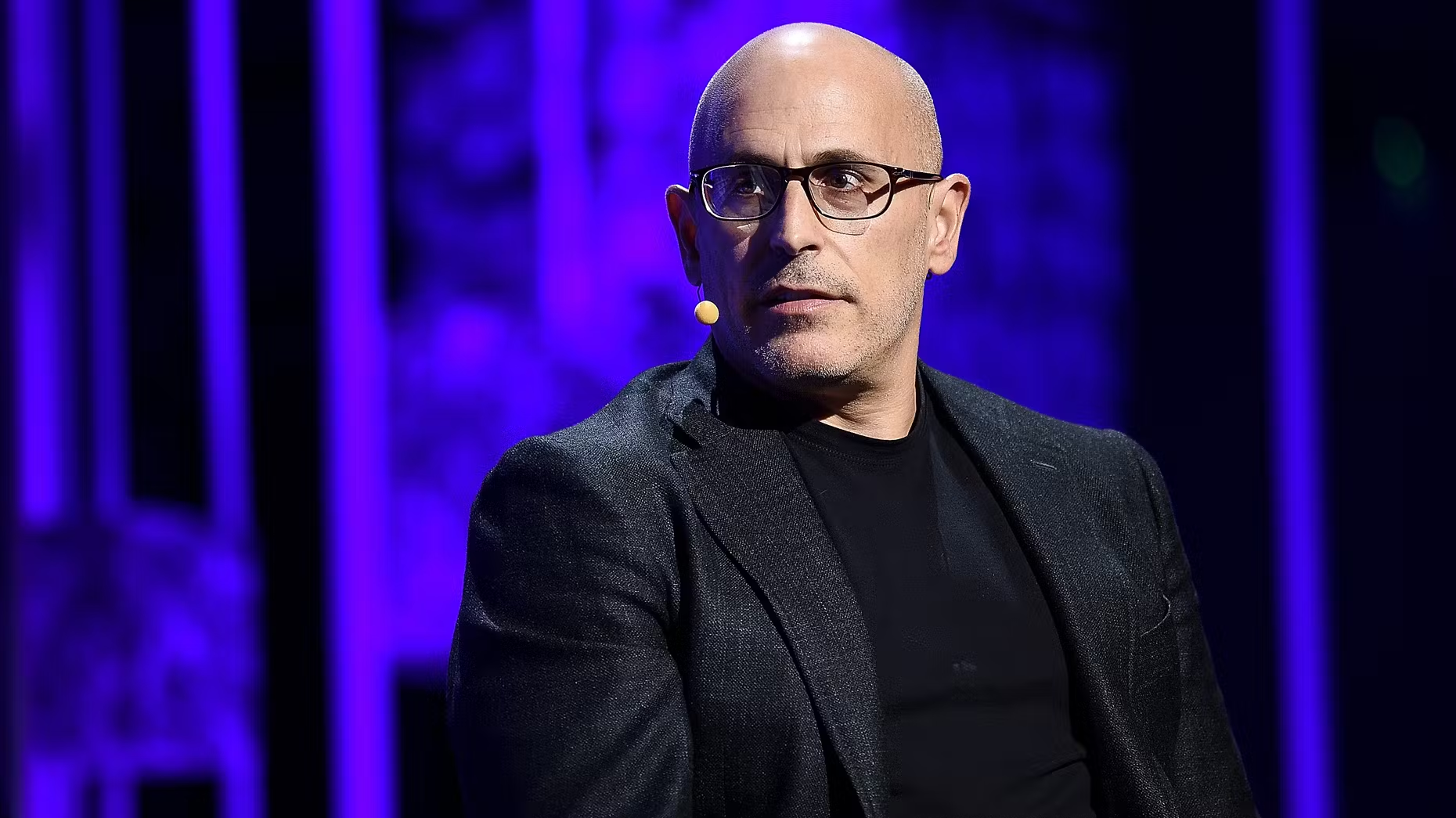With permission from the U.S. Nuclear Regulatory Commission, nuclear company Kairos Power can begin building two test reactors in Oak Ridge, Tennessee
Kairos Power has achieved a significant milestone with the issuance of the permit. In October, they made a deal with Google to provide 500 megawatts of energy for Google’s datacenters.
Fluoride salt cools these high-temperature reactors, which are smaller versions of what Kairos plans to build eventually to power Google starting in 2030. Even though the new reactors are just test beds, Ashley Lewis, a spokeswoman for Kairos, told TechCrunch that the company plans to connect the power plant to the grid.
A 20 megawatt turbine will convert the 35 megawatts of heat from each of the Hermes 2 reactors into energy. The Kairos commercial-scale power plant will also have two reactors that can make a total of 150 megawatts of electricity.
There are two main ways that Kairos’s design is different from other nuclear plants. Carbon and ceramic shells cover the fuel, uranium. The purpose of these shells is to endure long enough to contain fissile material in the event of an accident. Additionally, the generator uses molten salt instead of water for cooling.
The U.S. Department of Energy has awarded $303 million to the new company for the small modular reactor (SMR), and it has been working for years to improve its molten salt cooling system. Because fluoride salts have very high boiling points, the water can flow with little pressure.
That means that if there is an accident, there won’t be any high-pressure nuclear material ready to fall apart if the pumps stop working. The Oak Ridge National Laboratory also says that molten salt reactors can use passive airflow to move salt through the reactor and cool it down if the power to the pumps goes out.
Kairos’s designs are “Generation IV” reactors because they have all of these qualities. This is a labeling system made by an international group backed by national nuclear agencies. Not knowing how the categories are set up makes it hard to predict Hermes 2’s score.
For the past year and a half, Kairos has been slowly moving toward getting permission for the design of the reactor. The NRC checked Hermes 2 for safety in July and again in August, and it passed both tests. The NRC took 18 months to issue the construction permit, which is shorter than the time it took to issue earlier reactor permits.
Things are now looking up for Kairos to keep its promises. The business claims that it plans to open the first plant for the Google deal in 2030 and finish the rest by 2035. Ten years is a tiny amount of time in the world of nuclear power.



